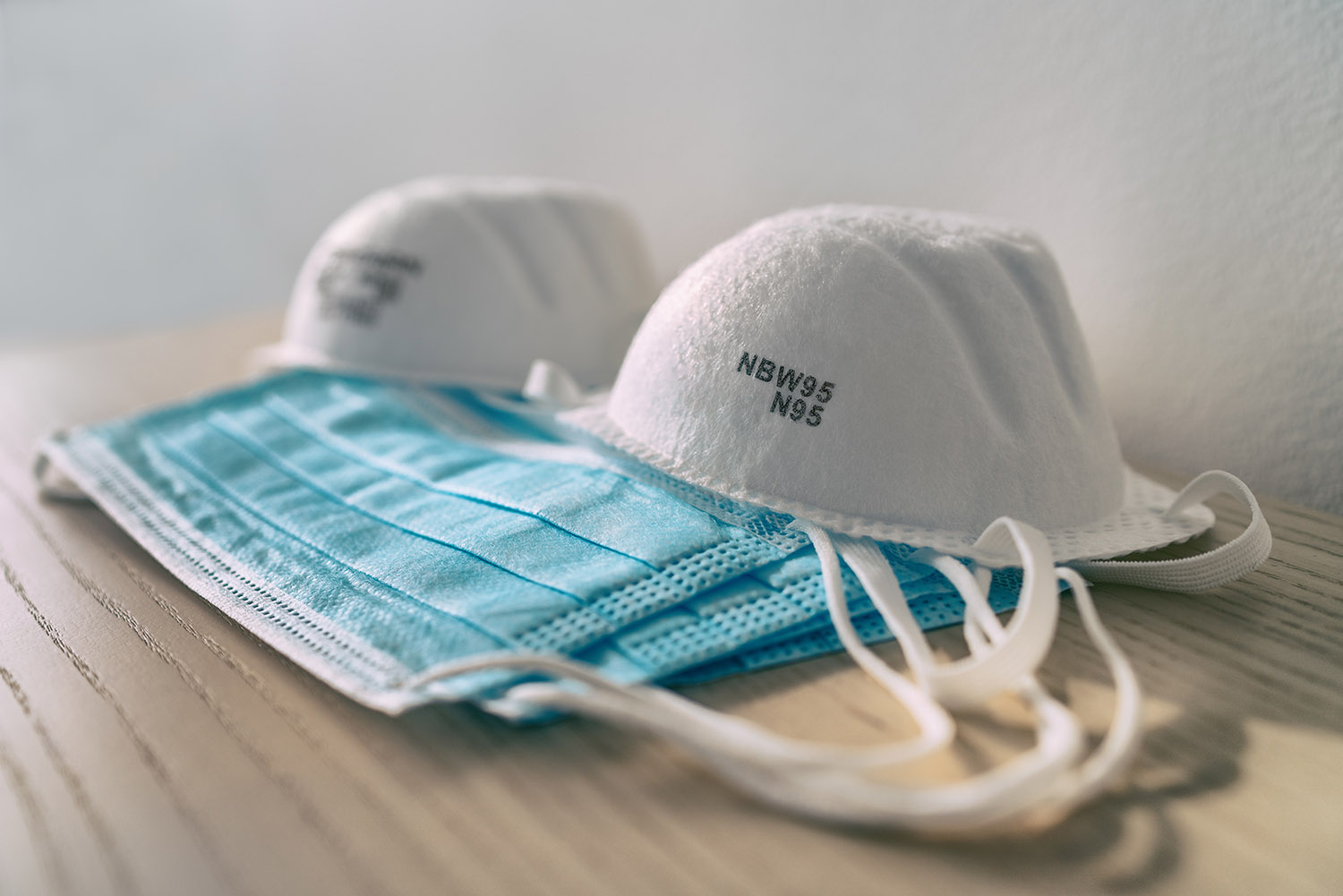Can an Antiviral Fabric Inactivate the Virus?
The emergent threat of COVID-19 infection and high rate of transmission associated with severe illness and fatalities created a severe threat to healthcare personnel, first responders, and general populations worldwide. This prompted the need for rapid development of effective Personal Protective Equipment (PPE) and disinfection methods. Utilizing our broad consumer product testing and evaluation expertise, our team tested and evaluated a client’s novel antiviral fabric against SARS-CoV-2.
Working in one of our high containment Biosafety Level 3 (BSL-3) laboratories, we inoculated control and test material with SARS-CoV-2 virus. The control samples incubated at room temperature for 0 and 120 minutes, while the test material was incubated at room temperature for 0, 5, 30, and 120 minutes. Following these incubation periods, samples were vortexed and diluted, and then added to a plate of host cells. We utilized the Tissue Culture Infectious Dose (TCID50) assay to quantify recovered viral titers to determine if the treated fabric could successfully inactivate SARS-CoV-2 virus. Each cell plate was then incubated for four days and read under a microscope for any cell death caused by the virus (also known as cytopathic effects).
The results of the assay indicated that virus was recovered from control fabric with little loss of viral viability after two hours at room temperature. For all contact times, the test fabric solution reduced viral infectivity by at least 99.97 percent compared to controls. The test material returned no quantifiable virus.
Further, the test material itself was actually cytotoxic to the host cells. The host cells serve as a readout for the assay. If virus is present, it will kill the cells and produce changes to their morphology that can be observed under a microscope. Because this assay does not differentiate between causes of cell death (e.g., from virus or the test article), it is impossible to tell if virus is present when the host cells are killed by anything other than virus. Thus, it is possible that the actual inactivation capacity of the material is greater than what we were able to measure. Overall, the test material proved effective at inactivating virus, with maximum inactivation occurring almost instantaneously.
GETTING STARTED AT MRIGLOBAL
Contact MRIGlobal to further understand our work in consumer product testing. Whether disease diagnostics, pharmaceutical stability, medical countermeasures, or other research to ensure product safety or efficacy, our teams of experts are ready for the challenge.
If you are part of an agency, business, or academic institution seeking assistance with a project, use our Project Quote Tool to get started.
SIGN UP FOR OUR NEWSLETTER
Sign up for the MRIGlobal newsletter! It’s the best way to get the latest updates in the world of applied scientific engineering research delivered directly to your inbox.

